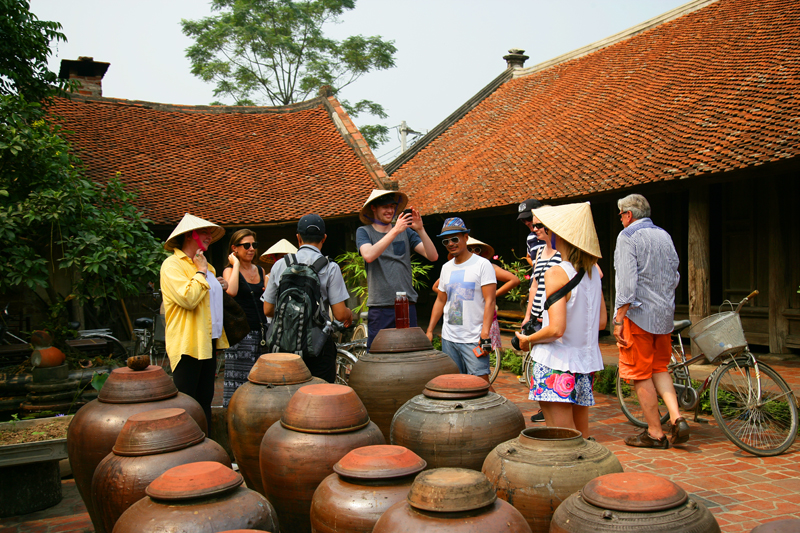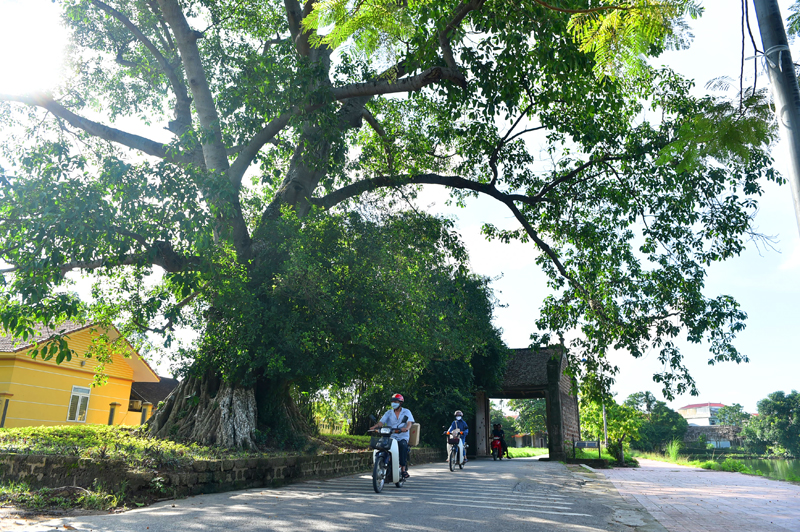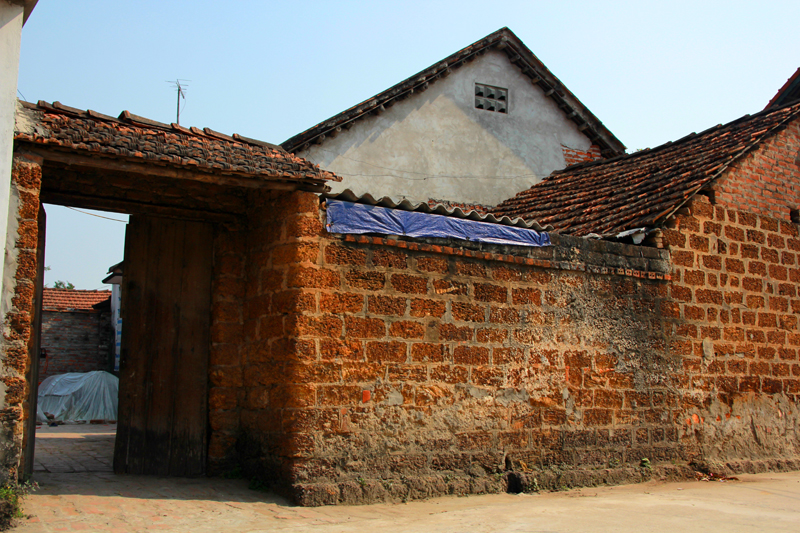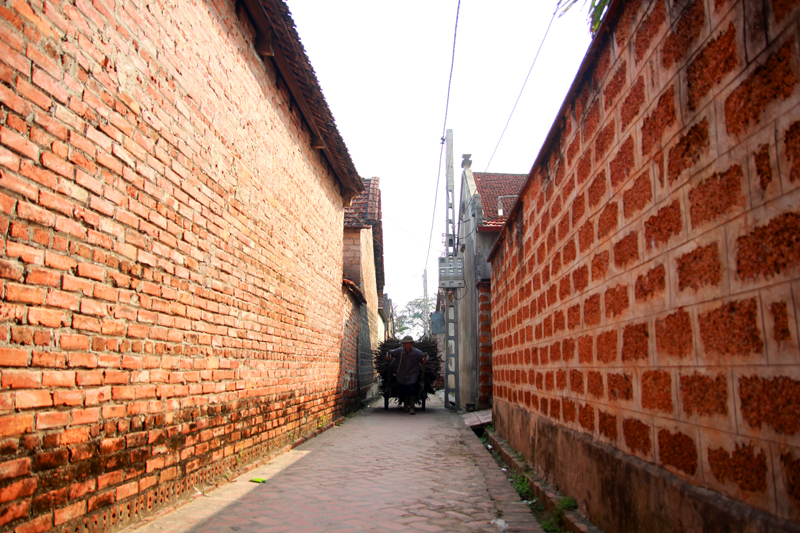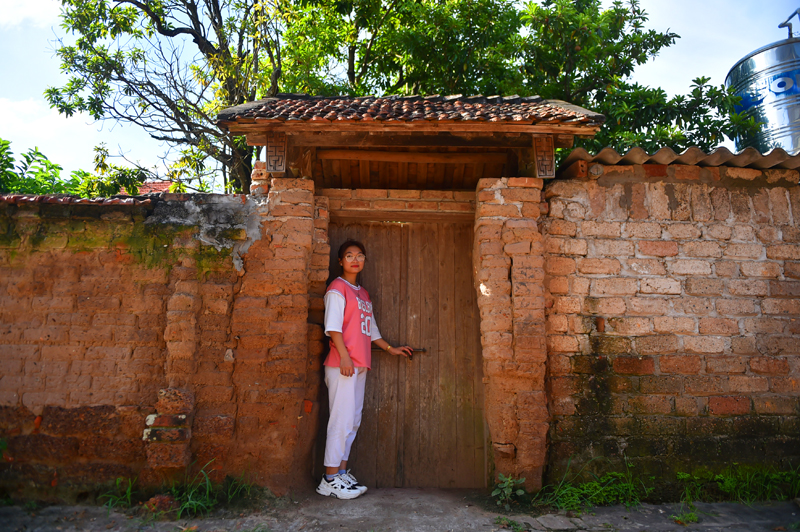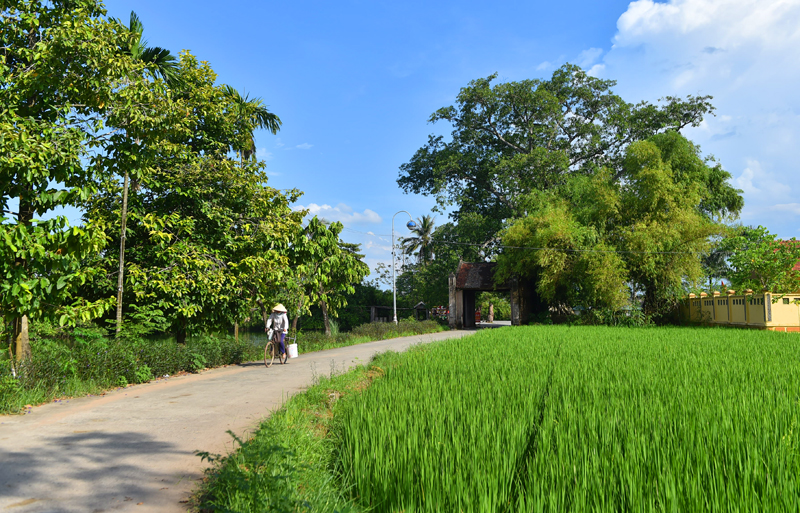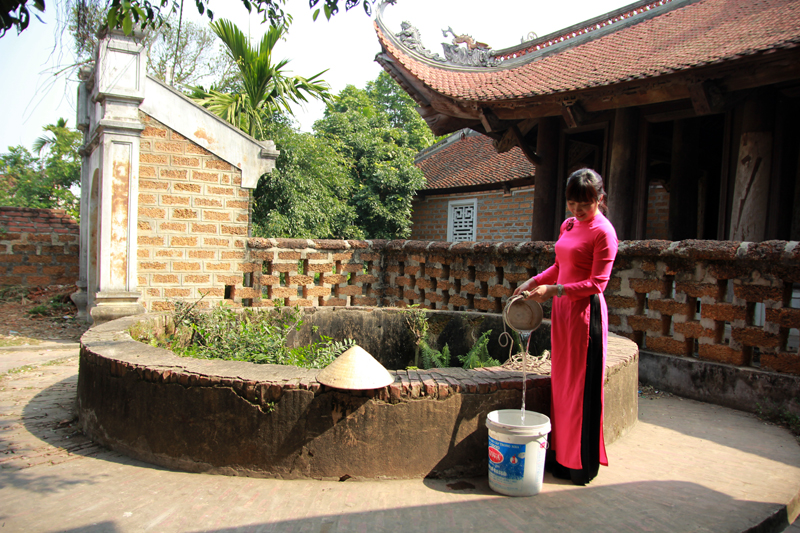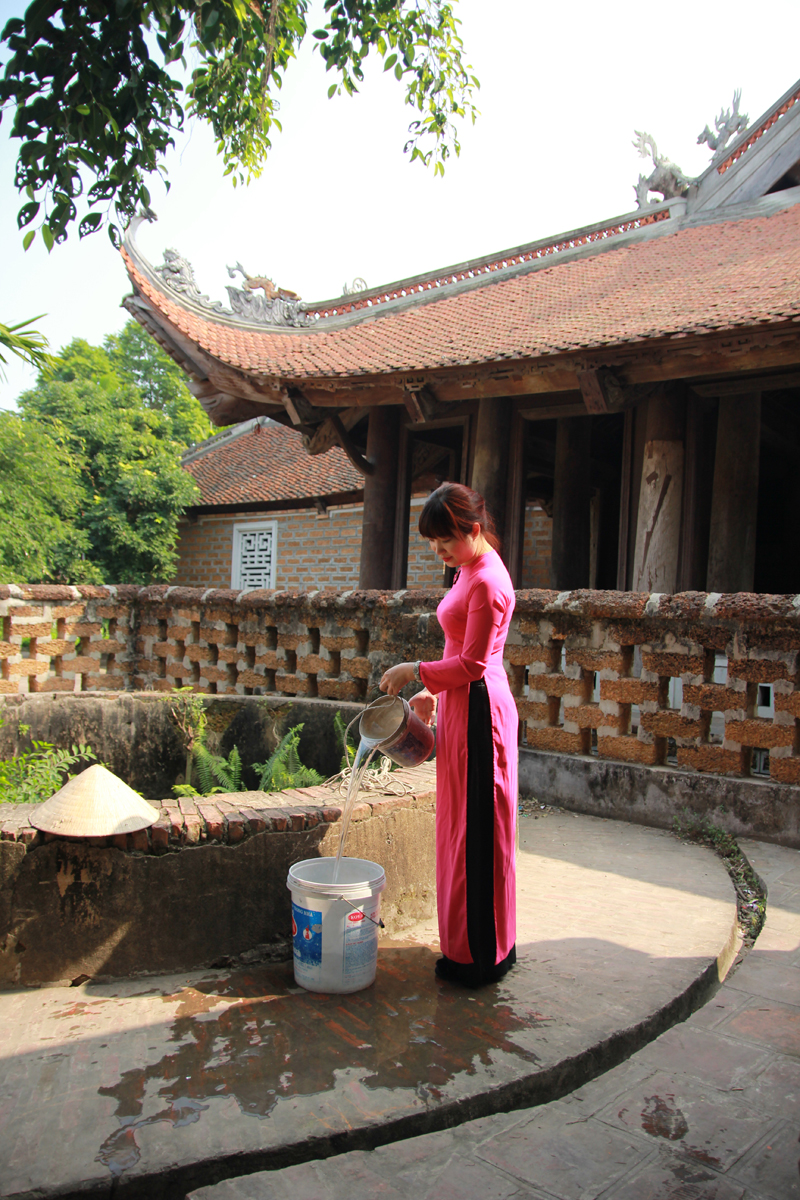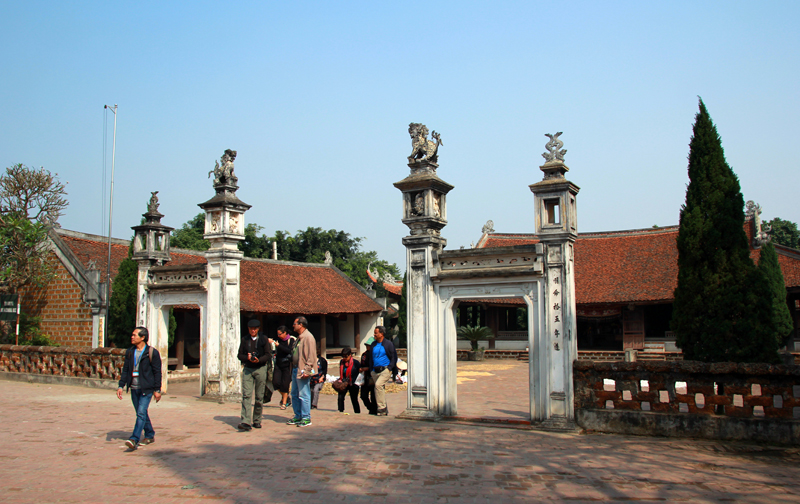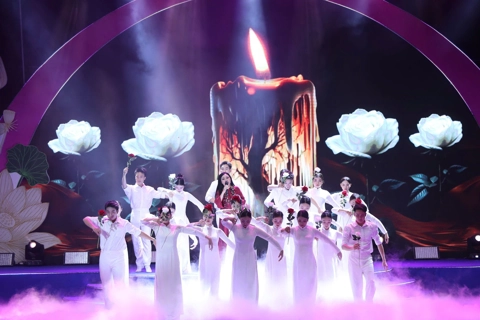Exploring Duong Lam, a typical ancient village in northern Vietnam
The village attracts visitors because of its ancient houses and the architectural features.
Duong Lam, a typical ancient village in northern Vietnam, is located in Son Tay town, some 40 kilometers to the west of Hanoi.
Being a very popular tourist destination at the weekends, the village attracts visitors because of its ancient houses and the architectural features of a typical old Vietnamese village with banyan trees and a wharf on the river.
The followings are photos introducing the ancient beauty of Duong Lam village:
Duong Lam tour is made for travelers to find out some traits of Vietnam's culture and Vietnamese traditions. It is a great chance to explore the special architecture through its surviving laterite brick ancient houses.
|
| The ancient village has a history of about 1,200 years with many houses dating back up to 400 years. |
Most of the local houses, are made of laterite and mud, two materials that are abundant in the area, a local outstanding feature and an attraction. |
| A visitor at the village. Laterite is used on house walls, gates, wells, temple walls, and so forth. The mud is taken from ponds. |
Apart from its historical and tourism values, Duong Lam ancient village is an important place for scientists to study wet paddy cultivation. |
| Well is among gate, banyan and communal house making the village special. |
The common well was built in every hamlet in Duong Lam village. The well bears the name of the hamlet it is located. |
The communal house is a worshiping place of the tutelary god - founder of the village. God Tan Vien Son was venerated in Mong Phu communal house that was built carefully with sophisticated decoration details. It is considered as a star of unique sculptural architecture and becomes a gathering place of the villagers for cultural activities. |

